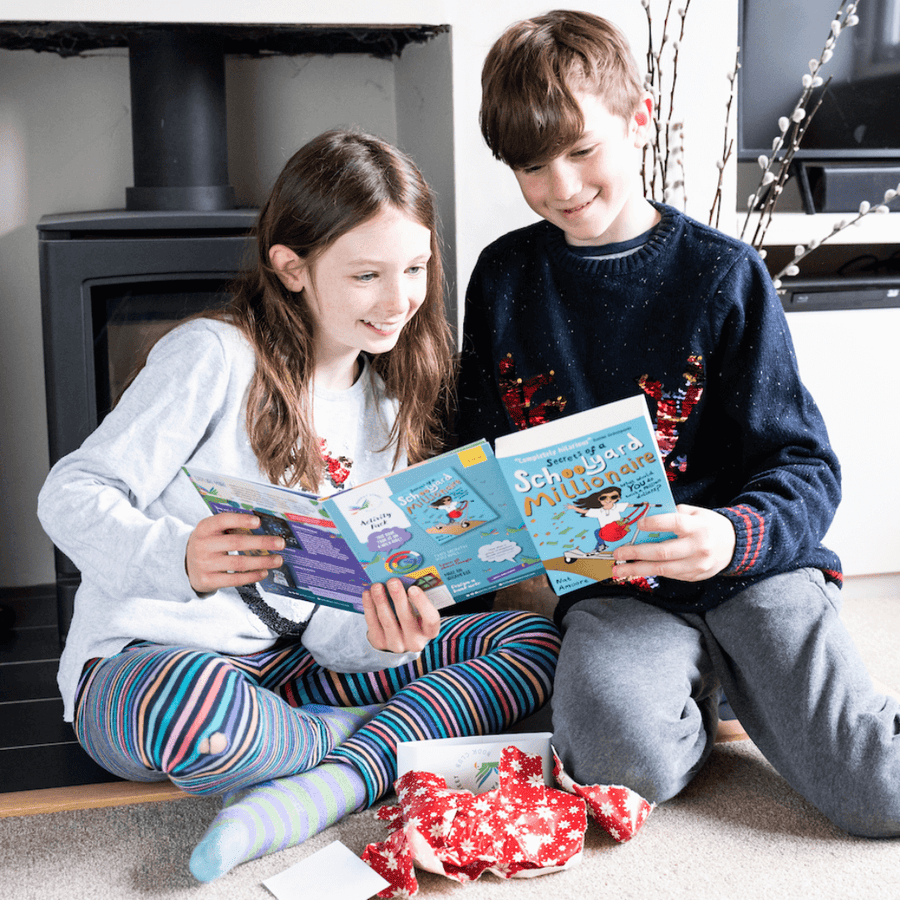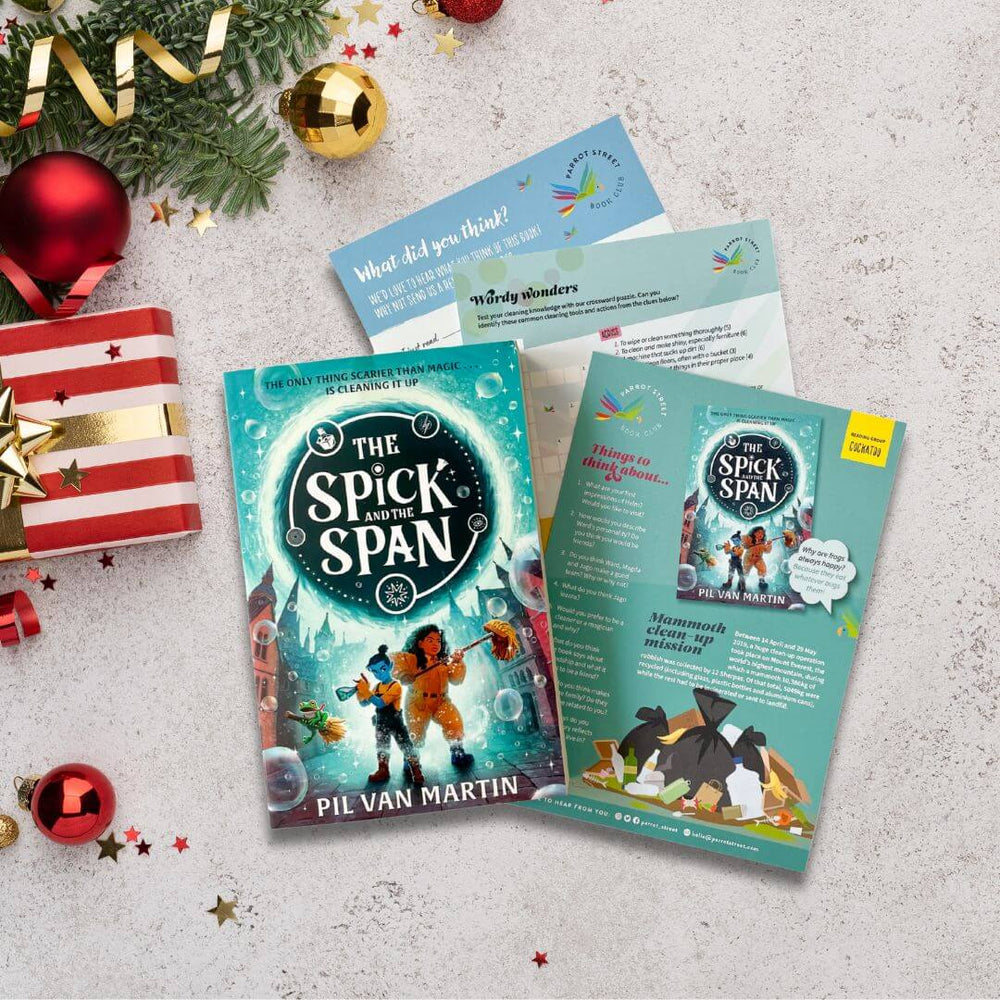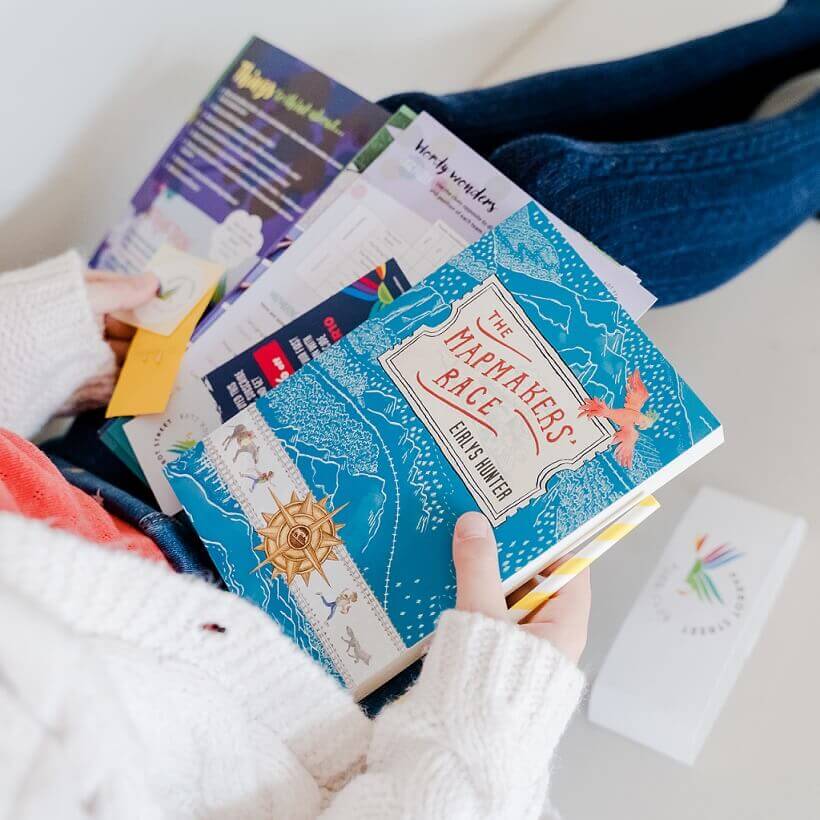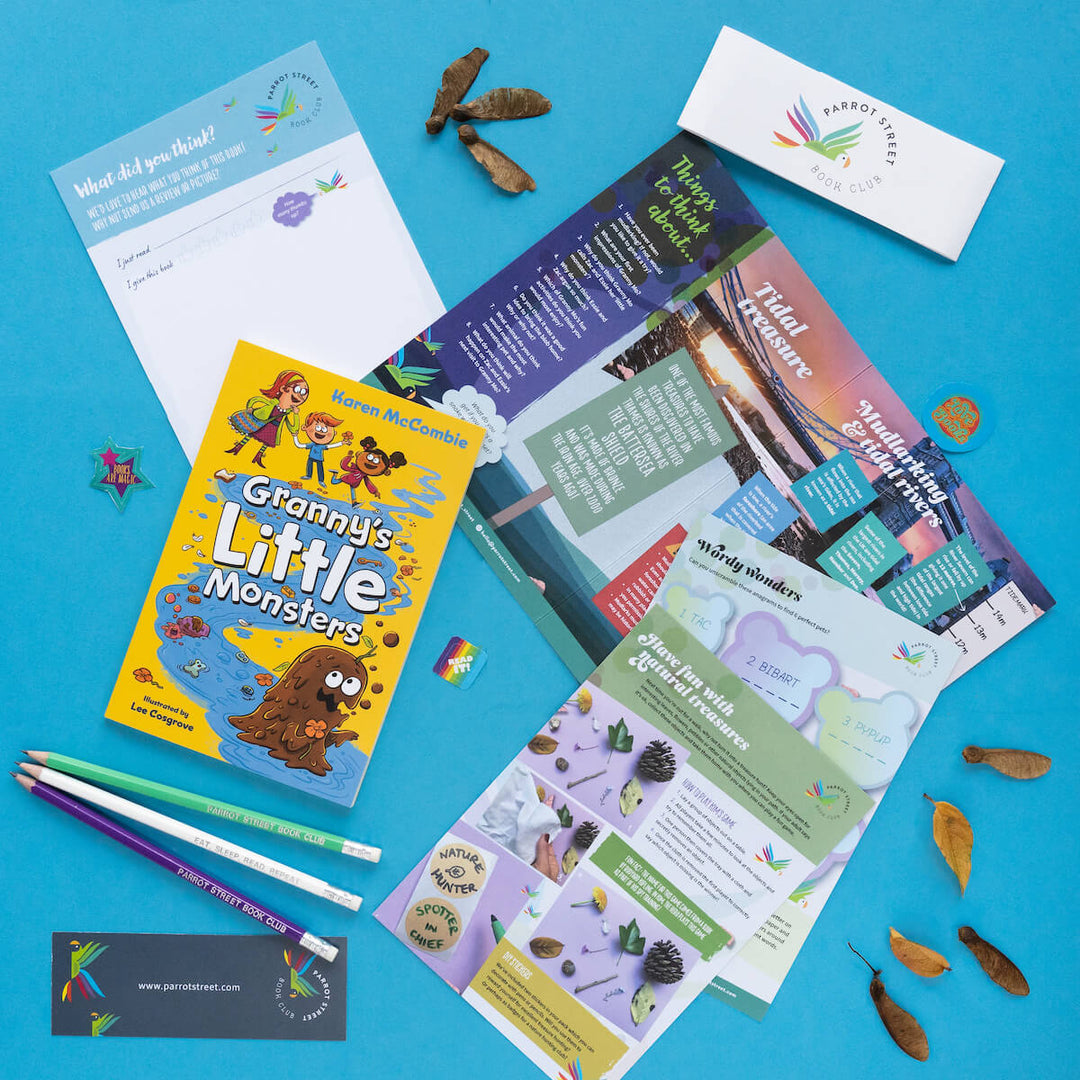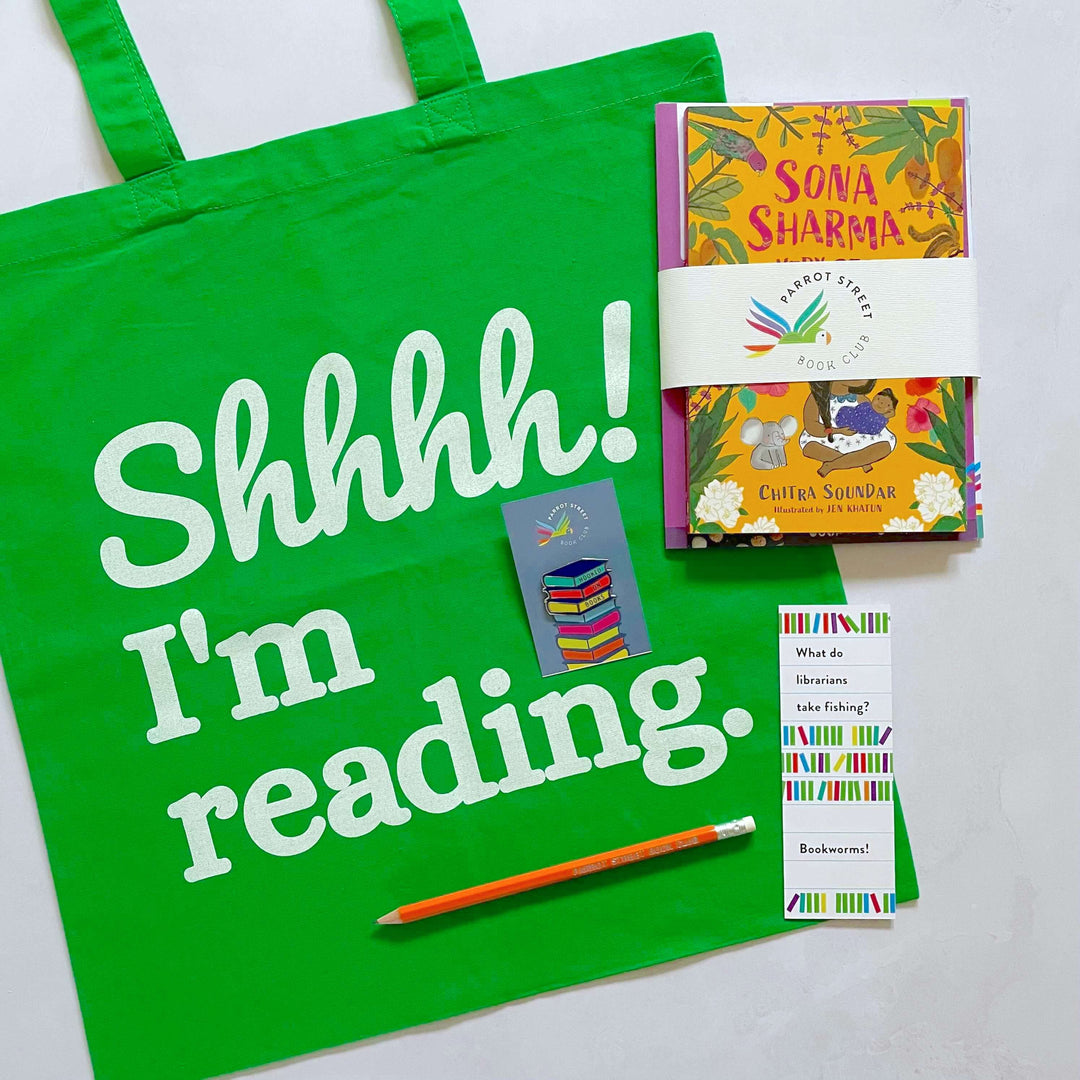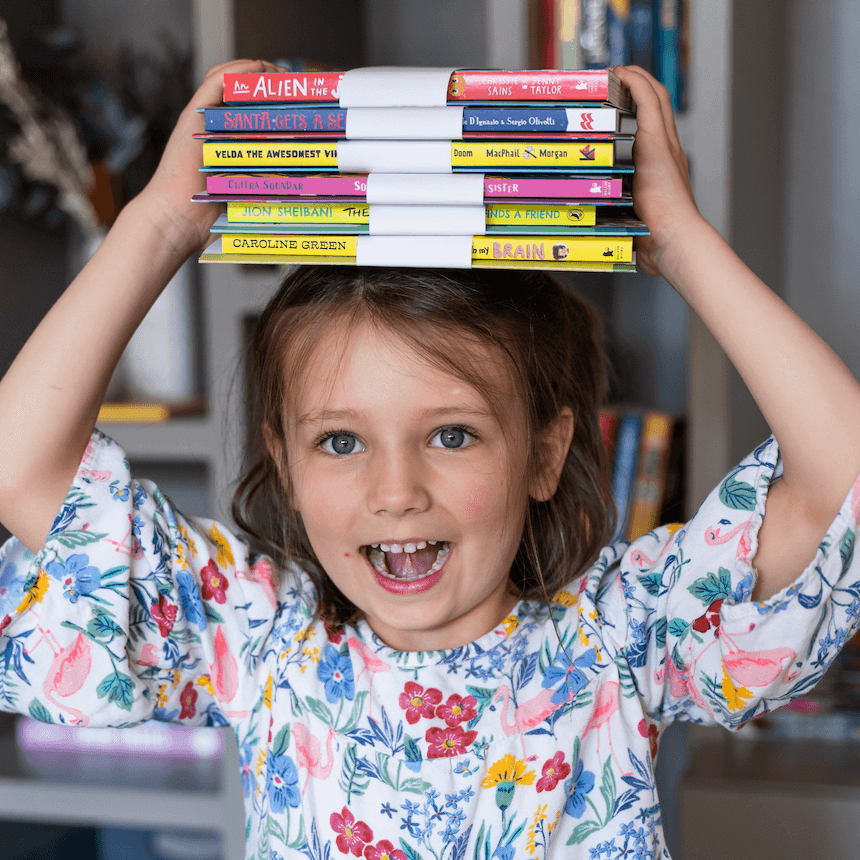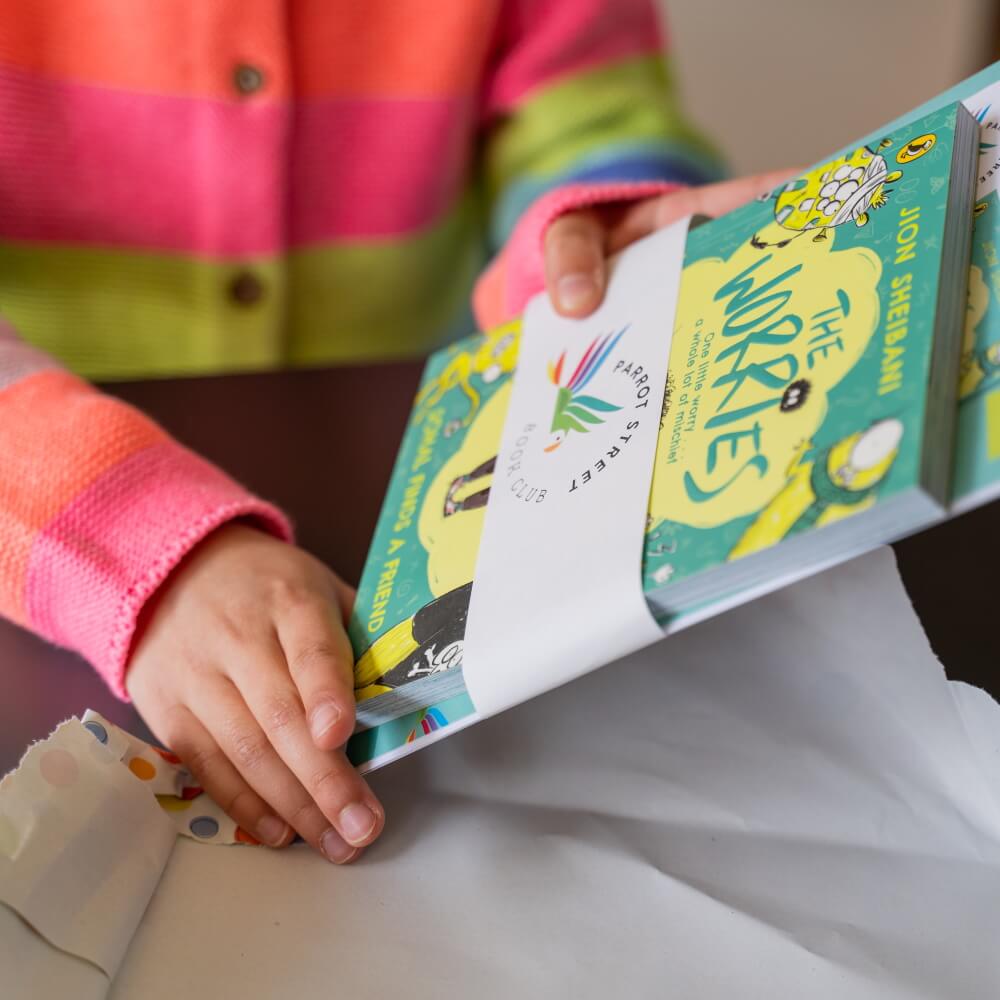Christopher Mackie on Cloudlanders and his favourite fantasy books for kids

What inspired you to write Cloudlanders?
I’ve always loved folklore and fairy tales – there’s just something timeless about the characters and the world they inhabit. I loved the idea of taking a traditional fairy tale, with familiar characters, a magical world and mythical beings, and catapulting it into a more modern and uncertain future.
I wrote Cloudlanders during the first COVID lockdown, at a time when we were all being told to shut ourselves away, and I think that spilled over into the story! I had this very clear picture of a fairy tale society who had escaped some great and terrible threat and were now hiding from it. Traditional fairy tales served as a warning to children: don’t go off into the woods and don’t trust big bad wolves. There was always some terrible threat to look out for and, while we don’t have to worry so much about wicked witches, I wanted to create a modern threat with a fairy tale twist, and that’s where the Wavewrecker comes in.
The Wavewrecker, like climate change, is responsible for rising sea levels, freak storms, and natural disasters. It has wiped out every other country on earth and, although the Cloudlanders are afraid of it, they must come together and work out a way to stop it before it’s too late. I wanted to show that, no matter how big the threat, we all have a better chance if we set aside our differences and work together to overcome it.
We love the world-building in the book. How did you come up with the vision for Bastion?
Originally, Bastion was just an island in the middle of a deep and endless sea. It was dark and gritty, all salt spray and shadows, but as time went on and the characters developed, I realised the setting wasn’t quite right. I went back to my favourite fairy tales and began thinking about ‘fairy tale what-ifs’. What if Little Red Riding Hood was the one hunting the wolf all along? What if Pinocchio wasn’t a puppet carved from wood, but a boy with mechanical limbs?
As these characters began exploring their island, it became clear that this was a magical place with a deep and mysterious history. I had a lot of fun mixing fairy tale magic with modern technology, and it was at this point that my wonderful editors pointed out the grim setting wasn’t quite working with the fun, fast-paced adventure. So, we had a rethink and decided to shift the setting somewhere else.
I was then talking to my wife one night and we came back to those ‘fairy tale what-ifs’, and she suggested one: what if the world at the top of the beanstalk was set adrift after Jack cut it down? I loved that idea but wanted to tie it into the story we already had, so instead of a beanstalk there was lightstone: the magical material that’s lighter than air and allows the Cloudlanders to float up above the clouds. Suddenly, we had our world, we had our characters, and from there everything else fell into place.
Which character was the most fun to write and why?
Because he was the first character I wrote, I will always have a soft spot for Kurt the Shroomling, the walking, talking, eight-foot mushroom with a big heart and a fear of heights. However, I think the most fun character to write was Aliana. She’s a Fowler, which means she tracks down dangerous creatures for a living, but she’s also fiercely protective of her friends and her twin brother. Aliana starts the story on the trail of a big, bad wolf who has been terrorising local villages, but she soon learns that this wolf isn’t all that big or bad. In fact, maybe he isn’t even a wolf at all…
If you were a shapeshifter, what would you transform yourself into?
Oh, that’s a tough one! If I had Lycan’s ability to transform into any mythical creature in Bastion, I would go with a Centaurasus – a cross between a Centaur and a Pegasus. That way you get the wings and speed of a Pegasus, but still have a human head and torso. If that’s cheating and I have to pick a real animal, then I’d go with a dolphin because they’re super clever, I love swimming and there’s a lot of unexplored ocean out there. Plus, they’re very cute.
And what difficult question would you ask the Augur?
Well, the Augur can answer any question you can imagine, but there’s a catch: her magic always comes with a hidden cost. So, while I’d like to ask something big and important like ‘what is the secret to living forever?’ or ‘will they let me write a sequel to Cloudlanders?’ I think I would probably play it a bit safer and just ask what the winning lottery numbers will be next week. Hopefully she won’t punish me too harshly for that!
Why did you choose to write books for this age group?
Because they are simply the best readers ever! You can throw an island of magic and mayhem that somehow floats above the clouds and is full of walking, talking mushrooms and gemstone faeries at them, and they just go: “Yup, that all makes sense to me.” There is something truly wonderful about children’s imagination – they are so curious and creative, they could probably come up with an even wackier story than I can!
There’s just this limitless possibility and I love how varied and interesting middle grade fiction is. I can go to the library and pick up three books, all aimed at the same age group, and get three wildly different stories. One might make me laugh, one might make me cry, and one might just give me a headache with how strange it is, but that’s not a bad thing. Variety is the spice of life, and children’s fiction is the spiciest kind of fiction.
Do you have a favourite place to write?
We have an armchair in our flat that sits between the fireplace and the bay window. I love to sit and write there, but it also has these wings that you can rest your head against, so it’s very easy to find yourself napping! I also write a lot on trains if I get the space – something about the movement and the countryside flying by always helps. My biggest tip though would be to just write wherever you can – whether it’s on the floor, the kitchen table, or hanging upside down like a bat.
If it works for you, then just spend some time writing. You don’t really need a special spot or a magic sleepy armchair, just some time alone with your thoughts.
Which other fantasy books for kids would you recommend our subscribers read next?
I’ve always loved the work of Sir Terry Pratchett and grew up reading his novels, from The Wee Free Men and his Johnny Maxwell trilogy to the Discworld novels, he was a master of fantasy for all ages. The books I read most as a child were probably Groosham Grange by Anthony Horowitz and, if you want something a bit more out there, The Phantom Tollbooth by Norton Juster is another great read. North Child by Edith Pattou is a beautifully written and spellbinding story too.
In terms of more recent books, Tyger by SF Said is a mesmerising story with some stunning imagery, Malamander by Thomas Taylor is a delightfully creepy mystery, and L.D. Lapinski’s The Strangeworlds Travel Agency books are gripping and packed full of adventure. There’s also Justin Davies’ fabulously fishy Haarville, with its misty, mysterious setting and compelling characters. And, lastly but not leastly, the wonderful Cornelia Funke is another excellent fantasy author, especially The Thief Lord!
Copies of our Cloudlanders pack, including a copy of the book and loads of fun activities to go with it, are now available for individual purchase. Grab a copy while stocks last!
This post includes affiliate links to our bookshop.org page, meaning we receive a small percentage of the sale should you purchase through them. Additionally, a percentage from all sales on the platform goes directly to local UK bookshops which is an initiative we're delighted to support!
JOIN OUR EMAIL LIST
Children's book news straight to your inbox
We love sharing product updates, book recommendations, children's activity ideas and special offers via email.



